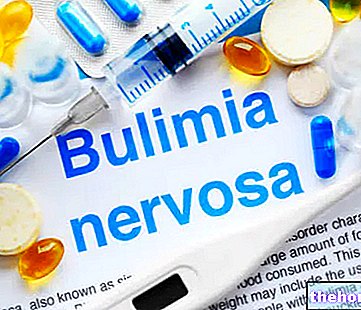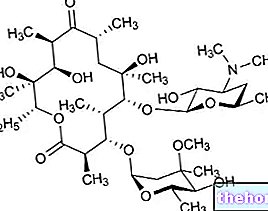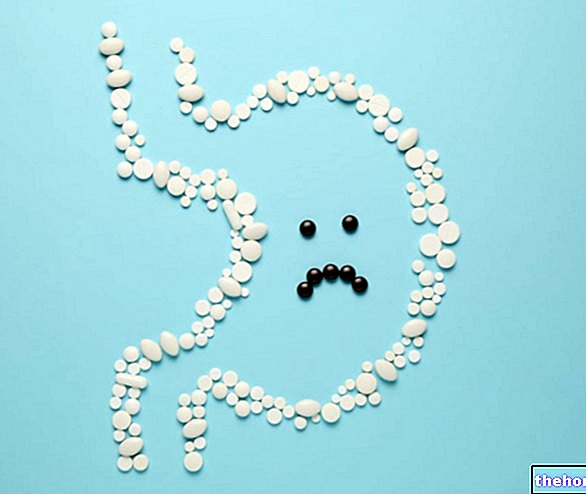Pharmacological therapy of type 1 diabetes involves the lifelong administration of insulin, generally subcutaneously, or even intramuscularly or intravenously; in any case it is a parenteral administration by means of a pre-calibrated pump, since being a peptide, in case of oral administration the insulin would be degraded in the stomach.
In the past this hormone was isolated from the pancreas of cattle or pigs; this practice caused the onset of immune reactions in the patient; today insulins at neutral pH are used, obtained from human DNA with genetic recombination techniques. The dosage is indicated in "units", that is the quantity of hormone necessary to bring the blood sugar in a rabbit, fasted, at 45 mg / dl.
The insulins are classified according to the duration of action in: short-acting insulins (from 2 to 4 hours), administered before meals in order to avoid the post-prandial glycemic rise; intermediate action (from 12 to 24 hours) and long duration of action (up to 36 hours); the latter are ideal for keeping insulin values balanced during the day, ensuring basal intake throughout the 24 hours.

Pharmacological examples of intermediate insulins are NPH (Neutral Protamine Hagoton Insulin), and "slow" insulin.
Examples of slow insulins are: "ultra slow" insulin, Protamine zinc, insulin associated with protamine which favors its stability and increases its duration of action; Glargina and Detemir, which guarantee a more constant blood insulin level than "ultra slow" insulin.
In any case, fractional and mixed drug regimens are generally implemented, alongside short and slow insulins.
Regarding the pharmacological therapy of type 2 diabetes, we will say that insulin should be administered only when the complete elimination of glucose sources from the diet and the administration of oral hypoglycemic agents are not sufficient.
With regard to diabetes gravidarum, however, insulin therapy is recommended rather than the use of oral hypoglycemic agents, which manage to cross the placental barrier, unlike insulin, which, being a very bulky molecule, does not pass.
The most easily encountered post-diabetic therapy side effects are: hypoglycemic crises, with related reactions affecting the autonomic nervous system, sweating at cold temperatures, cold and pale skin, feeling of hunger, tremors and palpitations; neuroglucopenia, or the lack of glucose in the nervous system, which results in difficulty concentrating, drowsiness, fatigue and even loss of consciousness; any allergic reactions with different degrees of danger: from simple hives to anaphylactic manifestations.
Other articles on "Insulin in the treatment of Diabetes"
- Diabetes, Types of Diabetes, Causes and Consequences of Diabetes
- Oral Hypoglycemic or Oral Antidiabetic




























